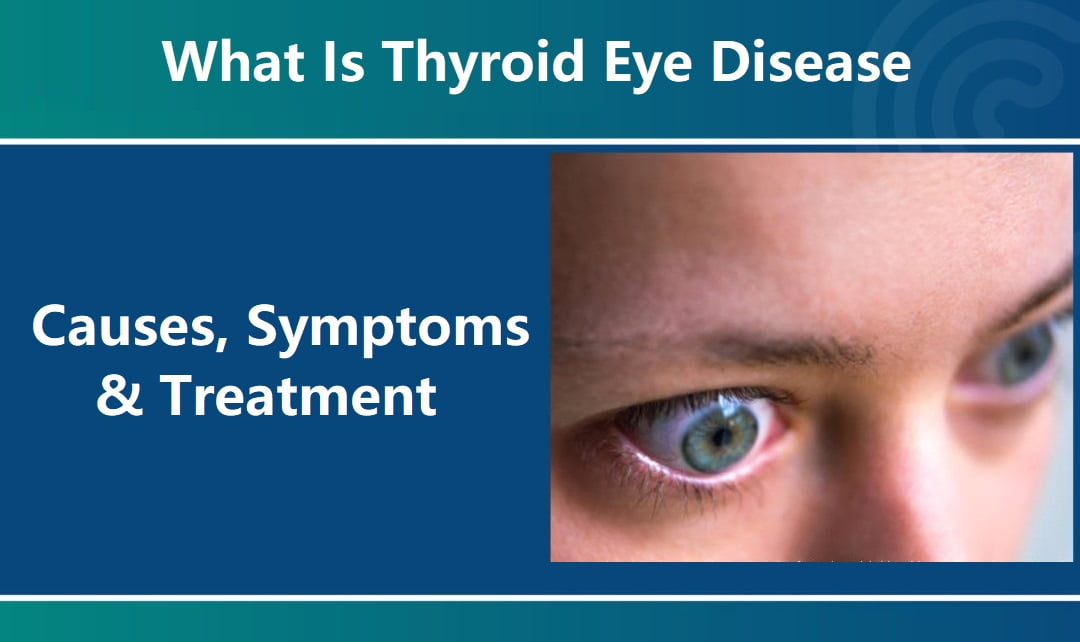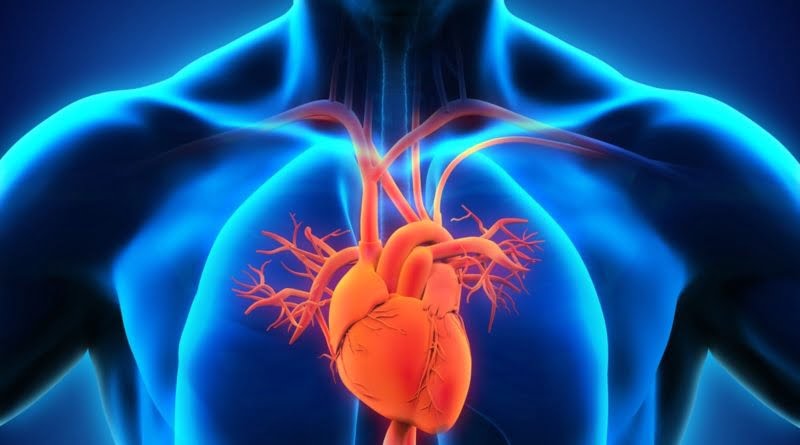Coronary Thrombosis or Heart Attack: A Complete Overview 2024

A heart attack, also known as a myocardial infarction, occurs when blood flow to the heart muscle is severely reduced or cut off completely due to a blockage in one or more of the coronary arteries. This prevents oxygen-rich blood from reaching the heart muscle, causing damage to the heart. Heart attacks are a major cause of death and disability worldwide. However, with increased awareness, better treatments, and preventive steps, more and more people are surviving heart attacks. This article provides a complete overview of coronary thrombosis or heart attacks – causes, symptoms, diagnosis, treatment, prevention, and prognosis.
What is Coronary Thrombosis?
Coronary thrombosis refers to the formation of a blood clot inside one of the coronary arteries of the heart. Coronary arteries supply oxygenated blood to the heart muscle. A clot or thrombus blocks the flow of blood in the artery leading to death (infarction) of heart muscle tissue. This is medically termed myocardial infarction or heart attack.
During a heart attack, the affected section of the heart is deprived of oxygen which causes muscle cells to die. The longer blood flow is blocked, the greater the damage to the heart. Heart attacks require emergency medical care. Quick treatment can help prevent complications and damage to the heart.
What Causes a Heart Attack?
Atherosclerosis or plaque buildup inside the coronary arteries is the primary cause of heart attacks. Over the years, fatty deposits called plaque accumulate in the arteries. This plaque hardens and narrows the arterial lumen obstructing blood flow. Plaque can rupture suddenly causing a blood clot to form at the site. This thrombus can block the artery triggering a heart attack.
Several factors contribute to atherosclerosis and increased heart attack risk:
- Smoking – Chemicals in tobacco smoke damage blood vessels and accelerate atherosclerosis. Smoking is a major risk factor.
- High cholesterol – Excess LDL or “bad” cholesterol in the blood gets deposited in the arteries as plaque.
- Hypertension – High blood pressure strains the cardiovascular system leading to coronary artery damage.
- Diabetes – Uncontrolled blood sugar levels create inflammation and damage to arteries.
- Obesity – Being overweight or obese increases plaque buildup.
- Sedentary lifestyle – Lack of physical activity is associated with higher heart attack risk.
- Family history – Genetic tendency for atherosclerosis increases risk.
- Older age – Men over 45 and women over 55 have a higher risk as plaque accumulates over time.
- Stress – Chronic stress and anger contribute to risk factors like hypertension and overeating.
Sometimes a heart attack can occur due to a spasm or sudden contraction of a coronary artery that temporarily cuts off blood supply. Certain drugs like cocaine can bring about coronary spasms. Emotional stress can sometimes trigger a spasm leading to a heart attack.
Heart Attack Symptoms
Some common signs and symptoms of a heart attack include:
- Chest pain or discomfort – Most people experience pain, tightness, heaviness, or burning sensation in the chest during a heart attack. The pain may radiate to the shoulders, arms, neck, jaw, or back.
- Shortness of breath – Difficulty breathing or feeling like you can’t catch your breath are common symptoms.
- Nausea, vomiting, dizziness – Feeling sick, vomiting, lightheadedness, or dizziness can occur.
- Abdominal pain – Some people, especially women, experience stomach pain.
- Sweating – Breaking into a sudden sweat for no reason is associated with heart attacks.
- Anxiety – A sense of dread, uneasiness, or feeling something is wrong can point to a heart attack.
- Denial – Some people deny they are having a heart attack. The brain resists accepting something is wrong.
- Fatigue – Feeling weak, severely fatigued, or just very ill can indicate reduced heart function.
- Irregular heartbeat – Palpitations, fluttering or pounding heartbeat.
- Fainting – Passing out due to insufficient blood flow.
- Flu-like symptoms – Muscle aches, chills, clammy skin, overall malaise.
Not everyone experiences typical chest pain during a heart attack. The symptoms can be quite vague or indistinct. However, any new or unexplained symptoms should be evaluated quickly to rule out a heart attack and prevent complications.
Who is at Risk for a Heart Attack?
Certain individuals have a higher risk for a heart attack than others. Risk factors include:
- Men aged 45 years or older
- Women aged 55 years or older
- Family history of heart disease
- Smoking
- Obesity (BMI over 30)
- Sedentary lifestyle
- Hypertension (BP > 140/90 mmHg)
- High LDL cholesterol (> 130 mg/dL)
- Low HDL cholesterol (<40 mg/dL men; <50 mg/dL women)
- Diabetes mellitus
- Chronic kidney disease
- Rheumatologic disorders like rheumatoid arthritis or lupus
- History of preeclampsia or pregnancy-induced hypertension
- History of heart attack, chest pain, or stroke
- High-stress levels
The more risk factors a person has the greater their risk. Adopting preventive lifestyle measures can help reduce risk. Those at high risk need regular medical follow-ups for early detection.
Diagnosing a Heart Attack
Doctors use various tests and procedures to diagnose a heart attack, such as:
- Medical history – The doctor ascertains your symptoms, and risk factors, and performs a physical exam.
- Electrocardiogram (ECG) – Records electrical signals from the heart to detect any damage. Changes in the ST segment indicate a heart attack.
- Blood tests – Measures cardiac enzyme levels which rise when heart muscle cells die. Troponin levels confirm a heart attack.
- Coronary angiogram – Dye is injected into the coronary arteries via a catheter to visualize blockages.
- Stress test – Monitors ECG during exercise to reveal insufficient blood flow.
- Echocardiogram – Uses sound waves to create images of the heart to check function.
- MRI scan – Provides detailed images of the heart and detects areas with reduced blood flow.
- CT scan – Helps visualize blockages in arteries.
Doctors diagnose a heart attack based on symptoms, ECG changes, and elevated cardiac enzymes/troponin levels. Imaging tests determine the location and extent of blockages.
Treatment for a Heart Attack
Treatment focuses on quickly restoring blood flow and preventing further damage to the heart. Treatment measures include:
- Oxygen – Given through a mask or nasal prongs to ensure adequate oxygenation.
- Aspirin – Helps prevent clot enlargement. Aspirin is given if you do not have an allergy.
- Nitroglycerin – Vasodilator medication given under the tongue that relieves chest pain.
- Pain medications – Medicines like morphine relieve pain and anxiety.
- Beta-blockers – Reduce blood pressure and heart rate to decrease oxygen demand.
- ACE inhibitors – Reduce blood pressure and strain on the heart.
- Blood thinners – Anticoagulants prevent clot enlargement. Heparin is given intravenously.
- Coronary angioplasty – A catheter with a balloon is threaded to the blockage and inflated to open the artery. A stent (wire mesh tube) usually is placed to keep the artery open.
- Thrombolytic therapy – Powerful IV medicines dissolve clots blocking the artery. Used only in some cases within 12 hours of symptoms starting.
- Coronary artery bypass – Open heart surgery grafts a healthy artery or vein to bypass the blocked artery.
Immediate angioplasty to open the blocked artery is the optimal treatment. Thrombolytics are given if angioplasty is unavailable. High-risk patients require urgent bypass surgery. Treatment is individualized based on the severity and type of heart attack.
Heart Attack Prevention
You can reduce your risk of a heart attack by:
- Quitting smoking and avoiding secondhand smoke
- Exercising regularly – aim for 150 minutes per week
- Eating a healthy diet low in saturated fat, trans fat, salt and sugar
- Keeping blood pressure under 120/80 mmHg
- Lowering LDL cholesterol below 100 mg/dL
- Keeping blood sugar levels in check if diabetic
- Maintaining a healthy weight
- Managing stress through yoga, meditation, counseling, etc.
- Taking medications such as aspirin, beta-blockers, and ACE inhibitors as prescribed
- Limiting alcohol intake to 1-2 standard drinks per day maximum
Controlling modifiable risk factors offers the best protection against heart attacks. High-risk individuals need consistent monitoring and preventive medical therapies.
Can a Heart Attack be Prevented?
While family history and age increase risk, adopting a heart-healthy lifestyle helps prevent heart attacks to a large extent. Eating healthy, exercising, maintaining an ideal weight, not smoking, limiting alcohol and managing conditions like diabetes and hypertension reduce risk. Medications like statins and aspirin help prevent attacks in high-risk people. Controlling risk factors combined with medical care provides optimal protection. However, even with the best preventive measures, heart attacks can sometimes still occur due to the complex nature of the disease.
Heart Attack Prognosis and Recovery
With prompt treatment, 70% of heart attack victims survive. The extent of recovery depends on:
- Size of the damaged area – the larger the infarct, the higher the risk of complications.
- Timeliness of treatment – faster treatment reduces damage.
- Presence of risk factors – optimal control of risk factors improves prognosis.
- Adherence to rehabilitation and lifestyle changes for prevention of repeat attacks.
- Age and overall health of the individual.
Mortality is highest in the first few weeks after a heart attack and improves thereafter. With the right post-heart attack care, many people live productive lives for many more years. Cardiac rehabilitation helps optimize long-term health and survival.
FAQs
- Is heartburn a symptom of a heart attack?
- Heartburn or indigestion is not related to heart attacks. However, sometimes heart attack symptoms can be confused with indigestion. Chest discomfort that does not resolve with antacids should be evaluated by a doctor.
- Can women have different heart attack symptoms than men?
- Yes, women are more likely to have atypical symptoms like fatigue, nausea, back pain, or jaw pain rather than classic chest pain. This can contribute to delayed diagnosis in women.
- Does every blockage in the coronary arteries lead to a heart attack?
- No, sometimes plaque accumulates slowly over time without triggering a heart attack. But such blockages mean you are at risk. Preventive screening can help detect developing blockages before a heart attack occurs.
- What is a silent heart attack?
- It is a heart attack with mild or no symptoms. It often goes undiagnosed until a later heart exam reveals heart muscle damage. High-risk individuals should have regular screening to detect silent attacks.
- Can you drive after having a heart attack?
- Most survivors can resume driving after 4-6 weeks provided their heart function has recovered sufficiently. Discuss with your doctor about when it may be safe for you to drive again based on your condition.
Conclusion
Coronary thrombosis or heart attack is a major cardiovascular emergency. With prompt medical care, the chances of surviving a heart attack are much higher now than a few decades ago. Combining urgent treatment with rehabilitation and prevention helps optimize recovery and long-term prognosis. Public awareness and controlling risk factors are key to bringing down heart attack rates and mortality.



